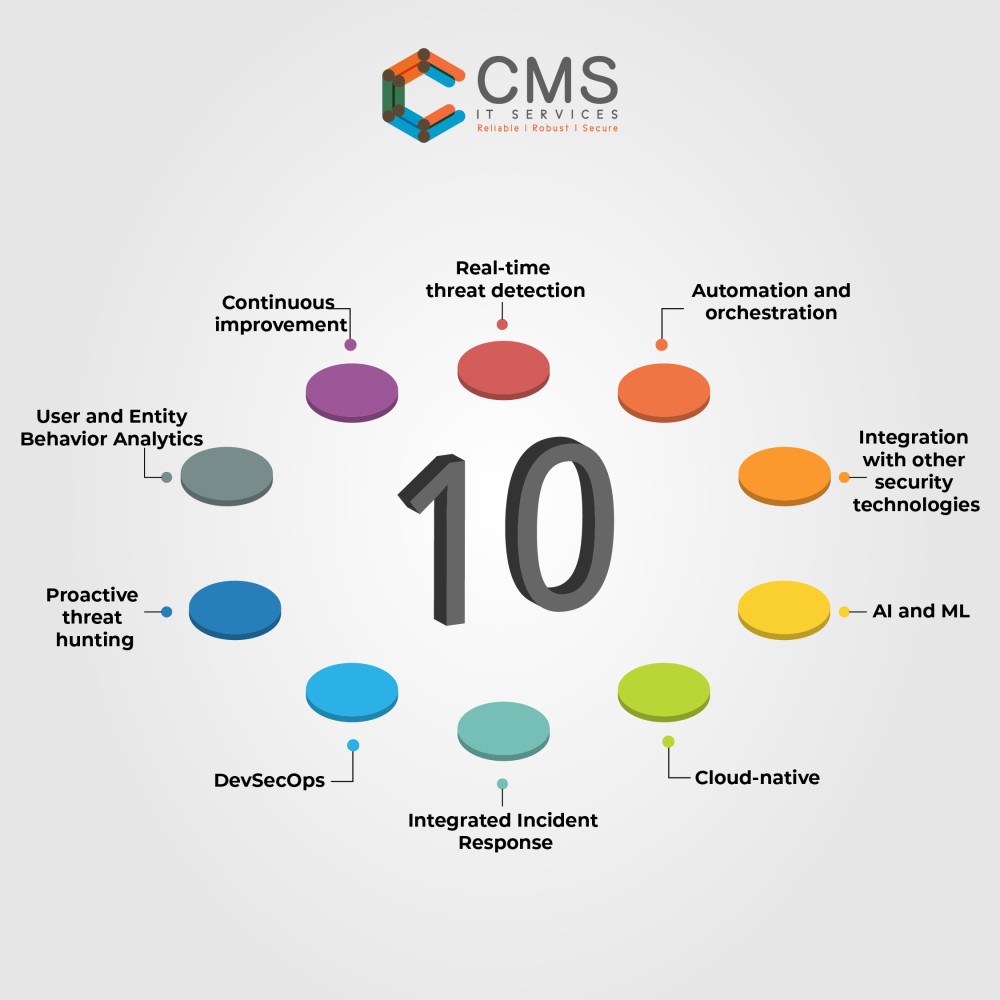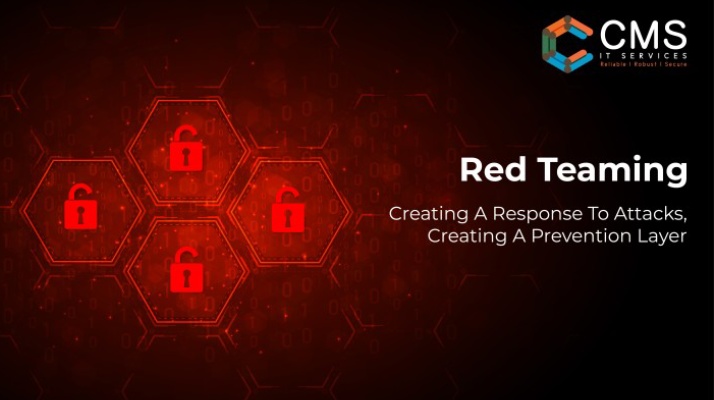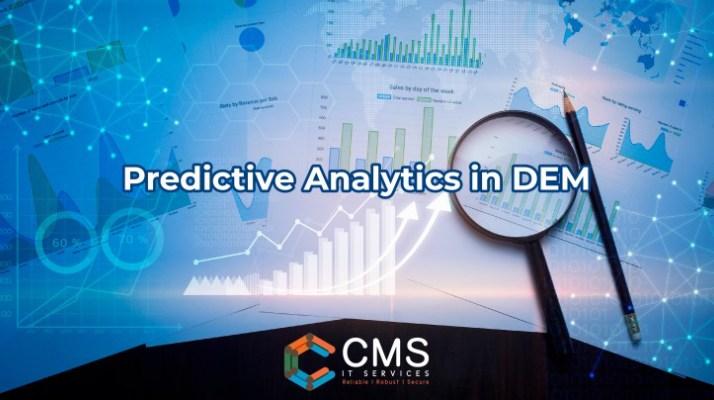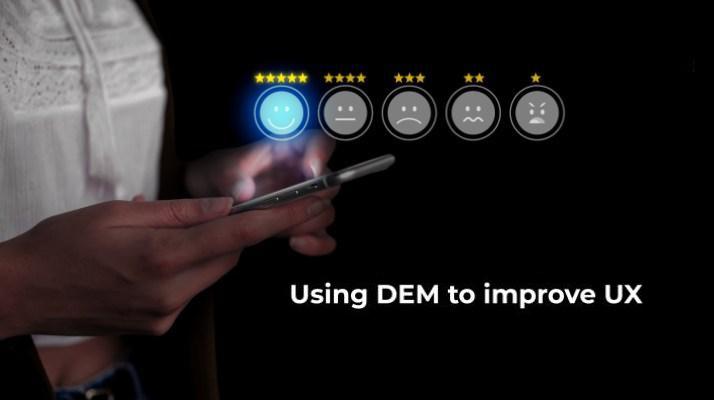The results of Red Teaming were promising for Advanced Defence Systems. ADS had vastly improved their defensive posture.
But in Nilay’s (CEO of ADS) mind, advanced cyber security was not just necessary to maintain the defensive posture of the firm, it was necessary to gain competitive advantage in the marketplace. He turned to Seema, ADS CISO (Chief Information Security Officer) on what could be done next.
Seema suggested deployment of artificial intelligence (AI) in security operations centre (SOC) to transform the way they could thwart cyber threats. She explained to Nilay that;
- AI has the potential to help automate many of the processes involved in security operations.
- AI in SOC would use machine learning (ML) algorithms to “analyze” vast amounts of data and detect anomalies that may indicate a cyber threat.
- It can carry out vulnerability assessment (VA) and detect threats in real time, providing SOC analysts with the information they need to respond quickly and effectively to mitigate the impact of a security incident.
Over time, ADS began to implement a range of AI-powered solutions in their SOC. They used machine learning algorithms and leveraged natural language processing (NLP) to better understand the content of emails and other communications.
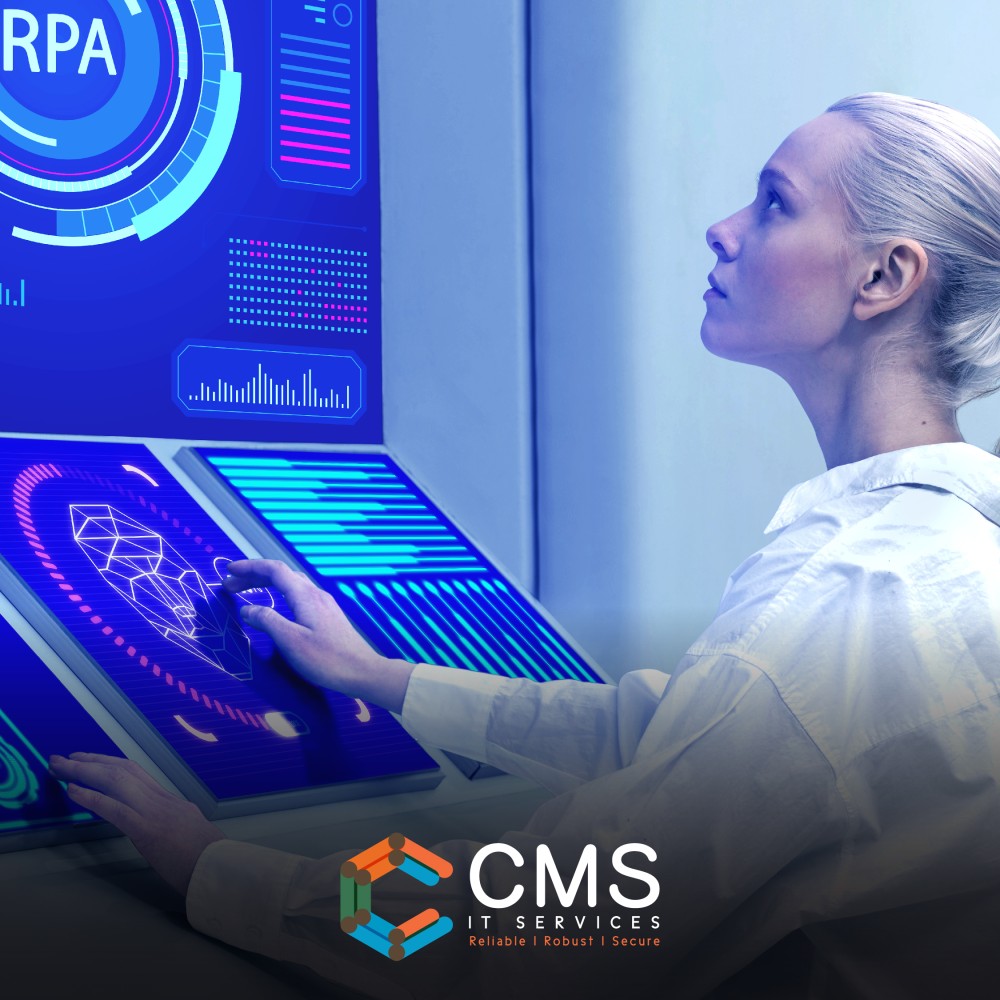
The results that started coming in immediately post implementation were not fully accurate. There were some false positives and false negatives that needed to be addressed.
But Seema was sure that the AI package they had deployed in their SOC would start using ML algorithms to analyse vast amounts of data to detect anomalies that may indicate a cyber-attack. In a few months’ time ADS started reaping the benefits of their latest cyber defence intervention. AI helped them detect threats in real time, providing SOC analysts with the information they need to respond quickly and effectively to mitigate the impact of a security incident.
As time progressed, the AI solution in ADS’ SOC was able to learn from past incidents and improve its accuracy. ADS’ SOC had thus become more effective at detecting and preventing attacks as time went on.
Nilay was happy on two fronts – his organisation’s defensive posture was state-of-the-art. This helped them develop defence technologies under the shroud of secrecy they wanted. Secondly, a strong cyber defense posture provided huge competitive advantage to ADS in the marketplace. The trust that their customers placed in them far outranked ADS’ competitors. ADS had to spend much less time dealing with attacks, therefore they could focus more on their business & customers.
What are you focused on? Customers, or cyber defence?
If you have queries related to 𝘾𝙮𝙗𝙚𝙧 𝙎𝙚𝙘𝙪𝙧𝙞𝙩𝙮, reach out to our in-house Cyber Security experts. They are happy to hear from you info@cmsitservices.com. You could also reach out to us on our website https://www.cmsitservices.com/contact-us/.


